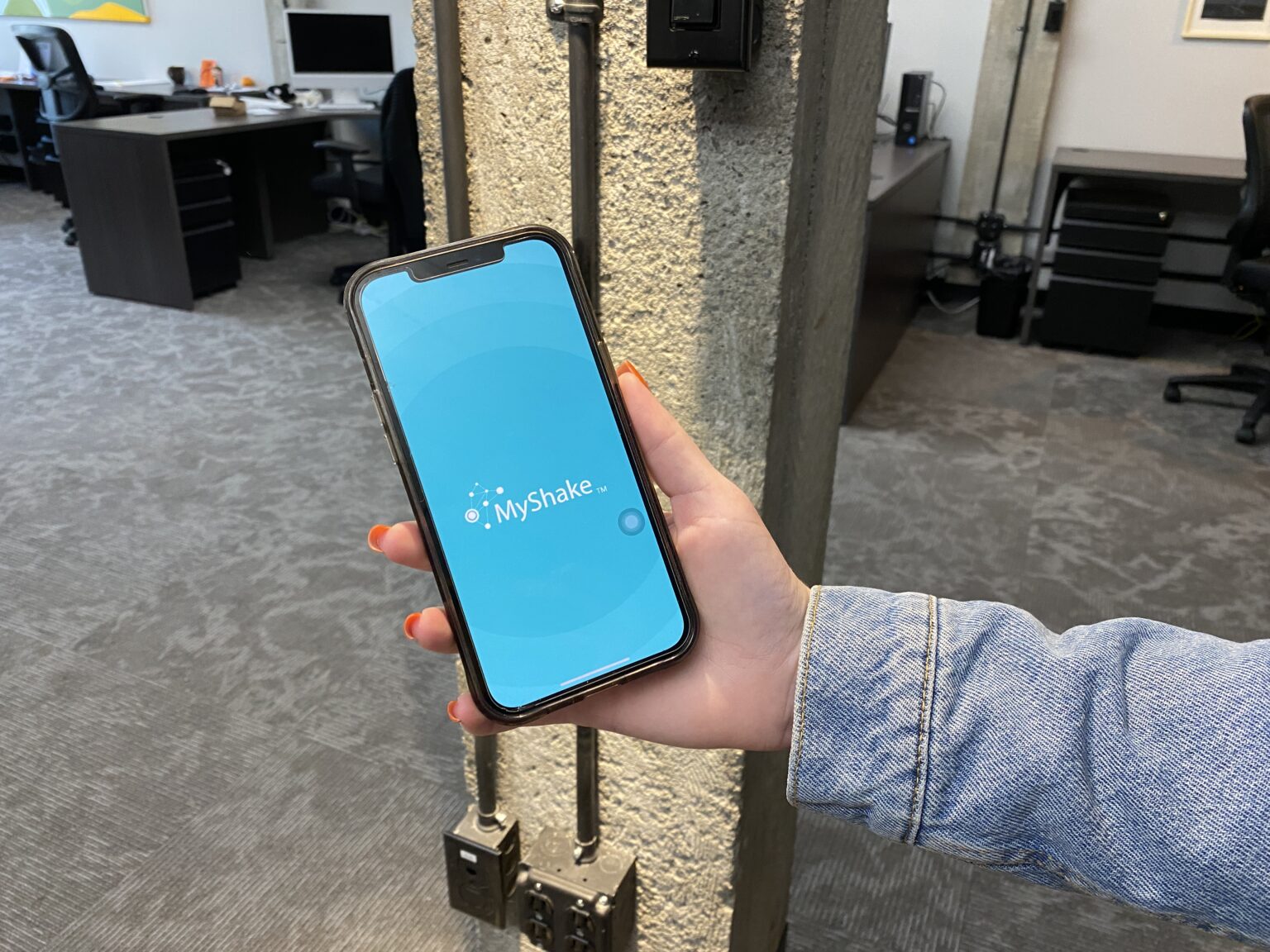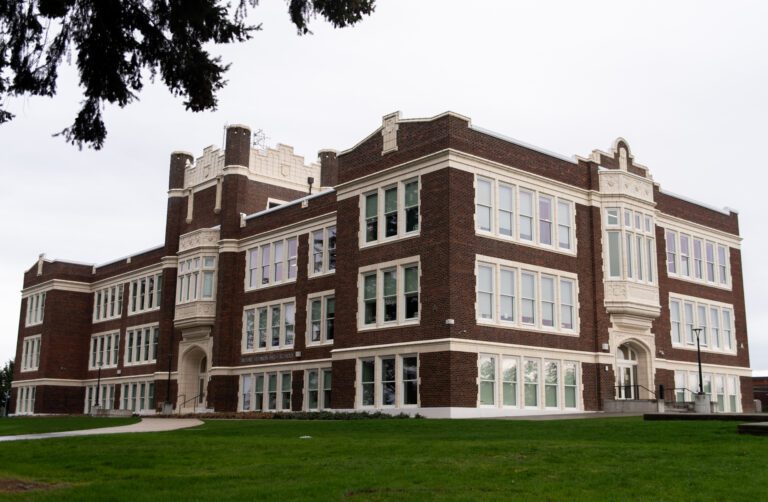Washington residents can now access early earthquake warning alerts through the MyShake app, made available to smartphone users in the state Wednesday.
The app, which tracks earthquakes in real time, provides notifications, preparation and survival tips, transforming individual phones into sensors and monitoring devices for shakes.
“If an [earthquake] does happen, MyShake will be able to give you an alert about the event, and will be a great resource for follow-up information, so that as more information comes in about the earthquake, you’ll be able to see how that changes over time and share your experiences,” explained Dr. Jennifer Strauss at the UC Berkeley Seismology Lab. “People will have a few seconds to drop, cover, and hold on to protect themselves during a shaking event.”
Strauss serves as the MyShake product manager at Berkeley’s Seismology Lab, where the app was initially developed in partnership with the U.S. Geological Survey, CalTech and the Universities of Washington and Oregon.

The app was released to WA residents on the 322nd anniversary of the last Cascadia Subduction Zone Earthquake. Strauss encourages all residents to get earthquake-ready as they impatiently await the next “big one,” as it’s colloquially known.
“I can tell you about an earthquake, but it’s not going to shore up your house, so you need to make sure you’re prepared,” she said. “Learn about how to be earthquake safe, how to get your earthquake kit started. Make sure you have documentation. Make sure you know people in your community that may need extra assistance. Make sure your home is retrofitted and that you have as much seismic stability in your place of residence as possible.”
Prior to the launch of the MyShake app, earthquake alerts were only available through the Wireless Emergency Alert (WEA) system, or through phones with Android operating systems, excluding all iPhone users.
“When the WEA system activates, some people will get alerts in a timely manner,” said Bill Steele, the director of communications at the University of Washington’s Pacific Northwest Seismic Network. “WEA wasn’t built for speed, so even though it’s being improved and they’re working on improvements all the time, right now it has latencies of around 15 seconds, and sometimes 30 seconds or more before people get an alert, and that’s really longer than we’d like to see.”
“These events can happen really, really quickly. MyShake is an important part of your earthquake preparations, but it shouldn’t be the only thing.” — Dr. Jennifer Strauss
App producers targeted alert speeds of around five seconds, Steele said. Though the difference in speed seems small, he said 10 seconds is significant when experiencing an earthquake.
“We’re hoping that this will lead to even earlier alerts for Cascadia earthquakes so folks have some time to prepare before the shaking begins to get to a safe place and prepare their minds to evacuate,” he said.
The app was initially rolled out in late 2019 in California, and then in early 2021 for users in Oregon. Steele says there are plans to blanket regions of the country that are prone to earthquakes, including places such as Fairbanks, Alaska and Salt Lake City in Utah.
Steele is enthusiastic about what this app means for researchers and citizen scientists.
“Because the app also records the ground motion and shaking that your cell phone is experiencing, it can lead to some interesting research findings,” he said. “There are scientists at UC Berkeley working on analyzing those data to see what we can learn from thousands of cellphones in the region experiencing an earthquake.”
The MyShake app includes a safety page, directing users to create a safety disaster plan, collecting emergency supplies, and learning how to evacuate and connect with others.
“These events can happen really, really quickly,” Strauss said. “MyShake is an important part of your earthquake preparations, but it shouldn’t be the only thing.”




